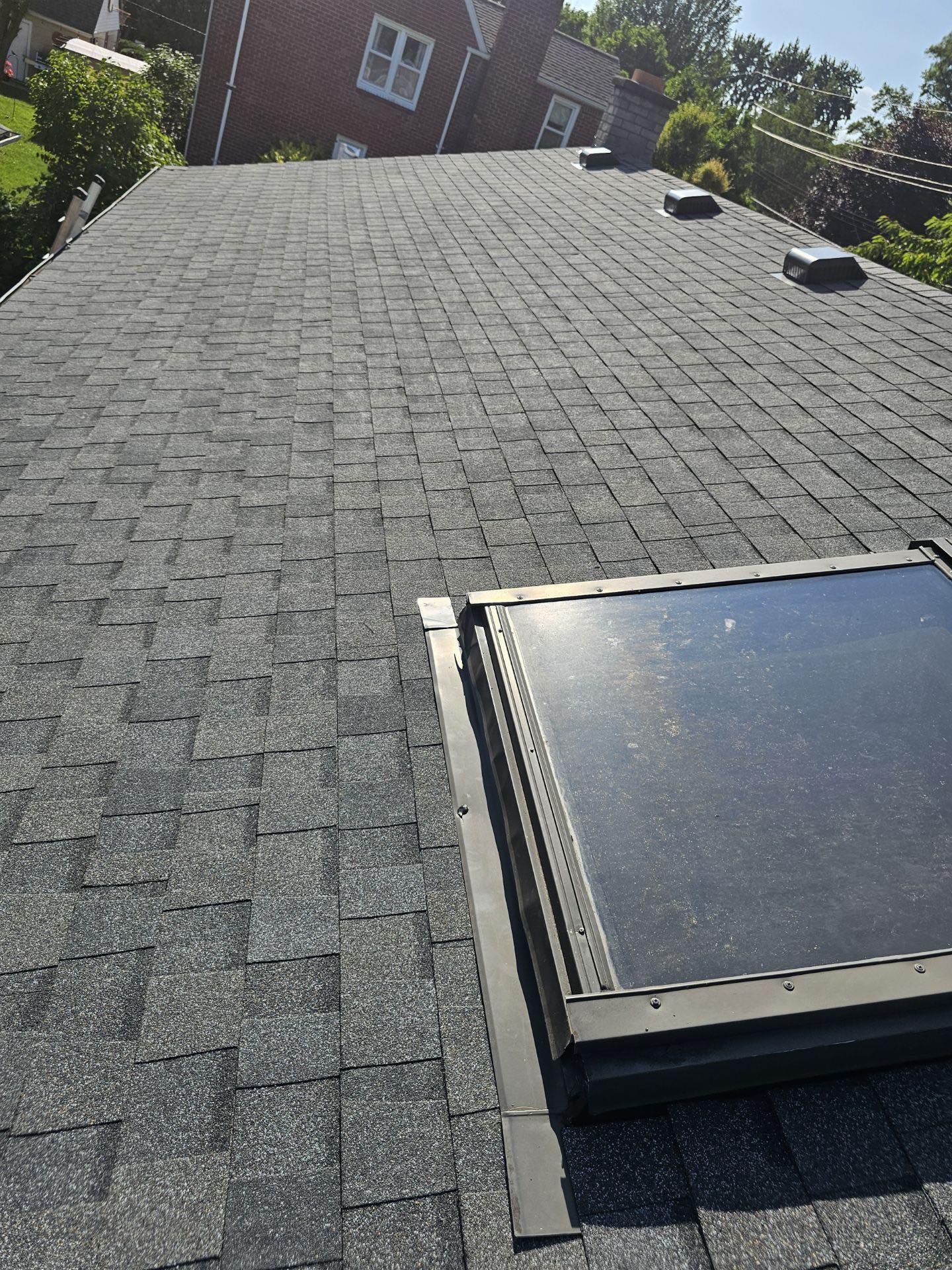
How to Extend the Lifespan of Your Roof: Tips from the Experts Nov 01, 2025
Start by investing in regular roof inspections. Like any other part of your home, your roof needs periodic check-ups to catch small issues before they become major problems. Schedule a professional inspection at least twice a year, ideally in the spring and fall. Inspections not only help identify damaged shingles, leaks, or blocked gutters but also ensure the overall integrity of your roof is intact. This proactive approach can significantly extend your roof's lifespan.
A well-maintained gutter system is crucial for your roof's health. Gutters direct water away from your roof and home's foundation, preventing potential water damage. Clogged gutters can cause water to back up, leading to leaks and possibly damaging the roof structure. Make it a routine to clean your gutters regularly, especially during the fall when leaves accumulate, and after heavy storms.
Trim surrounding trees to prevent branches from scratching and gouging your roofing materials. Overhanging branches can cause significant damage during storms, and falling debris can clog gutters. By keeping trees trimmed back, you reduce the risk of damage and limit the potential for animals to access your roof, which can lead to additional wear and tear.
Address any repairs immediately, no matter how minor they might seem. A single missing shingle or a small leak can escalate quickly, compromising the entire roofing system. Ensure that any necessary repairs are professionally handled by a trusted roofing contractor. It’s more cost-effective to address minor issues than to confront major repairs or a premature roof replacement.
Adequate attic insulation and ventilation play a pivotal role in maintaining your roof's lifespan. Proper insulation helps in maintaining a uniform temperature in your home, reducing the risk of ice dams in winter, which can severely damage your roofing materials. Similarly, good ventilation allows for the proper escape of heat and moisture, which prevents the roofing materials from rotting and warping.
Keep an eye out for signs of damage, such as water stains on ceilings, damp spots on walls, or the appearance of mold. These can be indicators of underlying roofing issues that need immediate attention. Regularly checking your attic for signs of leaks can also help catch potential problems early.
Finally, consider the materials of your roofing. Some materials naturally last longer than others. If you’re at a point of needing a new roof or significant repairs, consult with roofing experts to choose quality materials that will offer durability and longevity for the specific climate your home is in.
In conclusion, extending the lifespan of your roof requires attentive care and regular maintenance. By following these expert tips from Contractors Roofing, you’ll ensure that your roof remains in excellent condition, providing security and comfort to your home. Investing in professional services for inspections and repairs, coupled with proactive maintenance practices, will help you enjoy a secure roof over your head for many years to come.
/filters:no_upscale()/filters:format(webp)/media/48069be5-62a6-4532-8dd7-8b5d1f1029cc.jpeg)